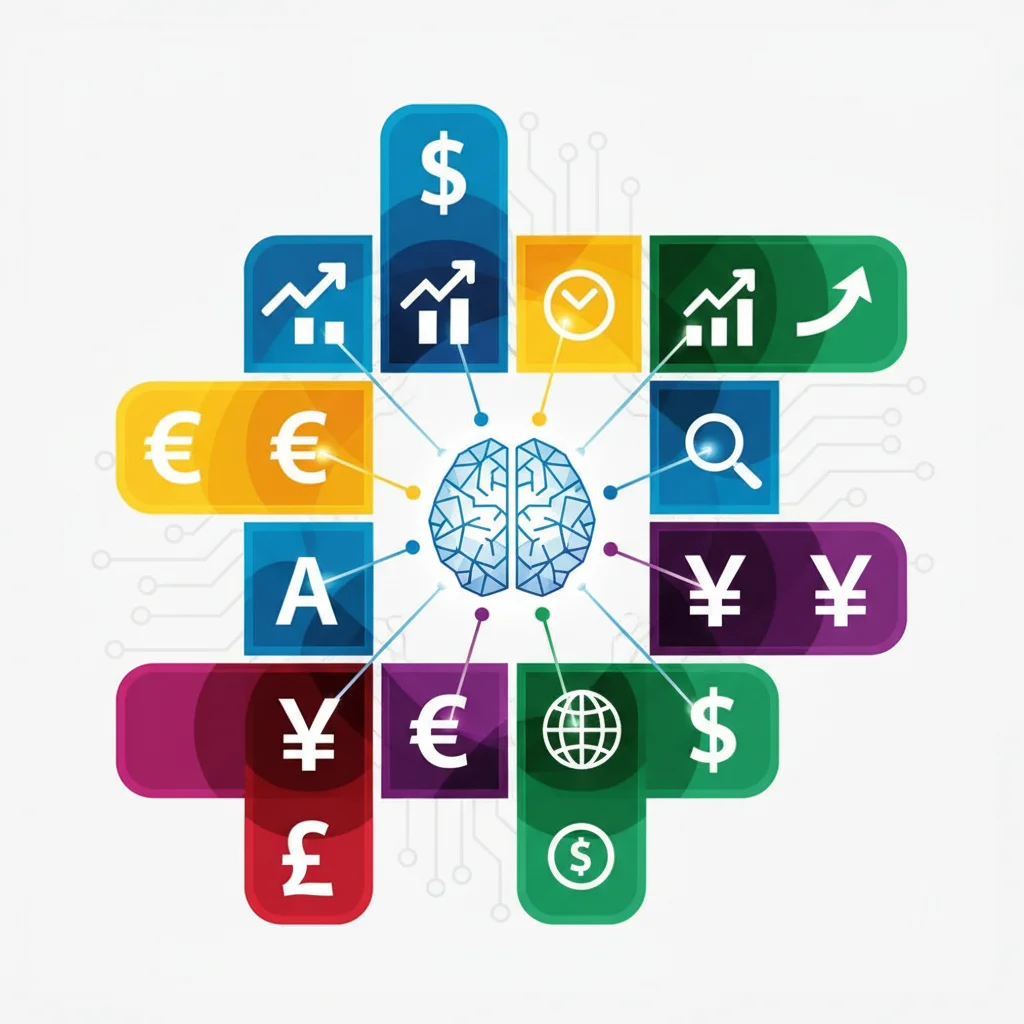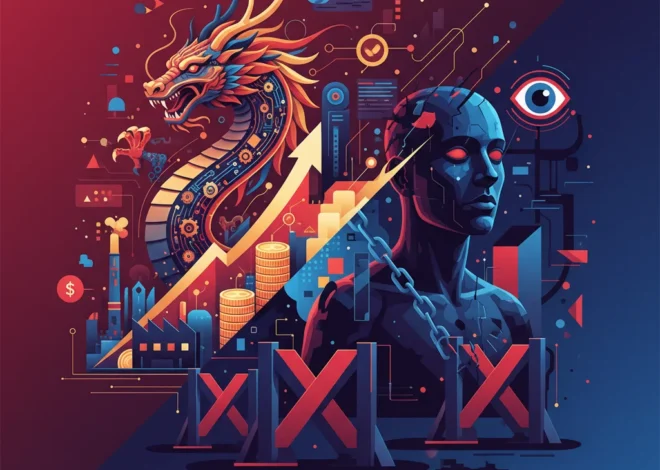
Solving the Financial Crossword: A Modern Investor’s Guide to a Complex World
Every morning, dedicated minds across the globe turn to a familiar grid of black and white squares: the crossword puzzle. It’s a ritual of logic, language, and persistence. The challenge lies not just in knowing the answers, but in understanding how they intersect, how one clue unlocks another, and how a single correct entry can bring an entire section into focus. In many ways, navigating the modern world of finance and investing is strikingly similar to tackling a formidable puzzle like the Financial Times Crossword.
The global economy is our grid. The clues are economic reports, market trends, geopolitical shifts, and technological disruptions. For investors, finance professionals, and business leaders, solving this puzzle isn’t a leisurely pastime; it’s essential for growth, stability, and success. Each decision—from a personal investment to a corporate acquisition—is a word we pencil in, hoping it fits perfectly with the intersecting answers that define our financial future.
This guide will explore the key “clues” of today’s financial puzzle. We’ll examine the interconnected nature of the stock market, the foundational principles of economics, the disruptive force of financial technology, and the evolving role of banking. By understanding these core components, we can move from being stumped by the puzzle to solving it with confidence.
Across the Grid: Understanding the Macro-Economic Clues
Before you can solve any specific clue, you must understand the puzzle’s theme and structure. In finance, this is the realm of macroeconomics. These are the broad, overarching forces that shape the entire grid, influencing every individual stock, bond, and asset class. Think of them as the “across” clues that span the full width of the puzzle.
Key macroeconomic indicators are the cryptic hints we must decipher:
- Gross Domestic Product (GDP): This is the 7-letter answer for “total economic output.” A rising GDP suggests a healthy, expanding economy—a bullish sign for the market. A shrinking GDP, conversely, signals a recession.
- Inflation Rates: A clue that might read “the rate at which purchasing power erodes.” Central banks, our puzzle masters, aim for a stable, low rate of inflation. High inflation can devalue investments and force central banks to raise interest rates, a move that often puts downward pressure on the stock market.
- Unemployment Figures: This clue reveals the health of the labor market. Low unemployment is generally positive, indicating strong consumer spending potential. However, extremely low unemployment can sometimes signal an overheating economy, prompting fears of inflation.
Interpreting these clues in isolation is a common mistake. A true puzzle master knows they are interconnected. For instance, strong GDP growth might lead to low unemployment, which in turn could spark inflation, forcing a central bank response. According to some economic models, a 1% drop in the unemployment rate can correlate with a 0.5% increase in inflation (source). Understanding these intersections is the first step to seeing the big picture.
Wall Street's Warning Bell: Is the US Financial System's Plumbing About to Clog Again?
Down the Columns: Micro-Strategies for Stock Market Trading
If macroeconomics provides the “across” clues, then individual company performance and trading strategies are the “down” clues. These are the specific, vertical entries that populate the grid. Successfully investing in the stock market requires a deep dive into these individual components.
There are two primary schools of thought for solving these micro-puzzles: fundamental and technical analysis.
1. Fundamental Analysis: The Lexicographer’s Approach
This method involves acting like a dictionary author, meticulously researching the intrinsic value of a company. You study its financial health, management team, competitive advantages, and industry trends. The goal is to determine if a stock is “undervalued” or “overvalued” by the market. It’s about understanding the definition and substance of the company itself. For example, a fundamental analyst might pour over quarterly earnings reports, which have shown an average positive surprise of 4.5% over the last decade for S&P 500 companies (source).
2. Technical Analysis: The Pattern-Seeker’s Method
This approach is less concerned with a company’s balance sheet and more with the patterns in its stock chart. Technical analysts study price movements, trading volumes, and statistical trends to predict future behavior. They use tools like moving averages, RSI, and chart patterns, believing that all necessary information is already reflected in the stock’s price. It’s the art of solving the puzzle by recognizing recurring patterns and shapes within the grid.
The table below compares these two core approaches to stock market analysis.
| Feature | Fundamental Analysis | Technical Analysis |
|---|---|---|
| Primary Goal | Determine a company’s intrinsic value. | Identify trends and predict future price movements. |
| Key Tools | Financial statements, earnings reports, economic data. | Stock charts, price patterns, technical indicators. |
| Time Horizon | Long-term (months to years). | Short-term (days to weeks). |
| Core Question | “Is this company a good business to own?” | “Where is the market sentiment heading?” |
Most sophisticated investors use a hybrid approach, using fundamental analysis to identify what to buy and technical analysis to determine when to buy it. It’s like using your knowledge of the language (fundamentals) combined with an understanding of the puzzle setter’s style (technicals) to find the solution.
The Anagrams of Innovation: Fintech and Blockchain
Just when you think you’ve mastered the rules of the puzzle, a new type of clue appears: the anagram. It uses the same letters but arranges them in a new, disruptive way. In the financial world, fintech and blockchain are the ultimate anagrams. They are rearranging the very letters of traditional finance to create new words, meanings, and possibilities.
Financial technology (fintech) has fundamentally altered the landscape of banking and payments. Services that once required a trip to a physical branch—like opening an account, applying for a loan, or trading stocks—can now be done from a smartphone in minutes. Fintech startups have unbundled traditional banking services, often offering them faster, cheaper, and with a better user experience. Global investment in fintech reached over $100 billion last year, a testament to its transformative power (source).
Blockchain is an even more radical innovation. It’s a decentralized, distributed ledger technology that underpins cryptocurrencies like Bitcoin and enables new concepts like Decentralized Finance (DeFi) and Non-Fungible Tokens (NFTs). If traditional finance is a crossword puzzle where a central editor (the bank or government) holds the answer key, blockchain is a puzzle where the solution is verified simultaneously by every solver. This removes the need for intermediaries, promising a more transparent, efficient, and accessible financial system.
Let’s compare how a traditional financial task is being reimagined by these technologies.
| Financial Task | Traditional Banking Approach | Fintech / Blockchain Solution |
|---|---|---|
| International Money Transfer | Slow (3-5 business days), high fees, multiple intermediary banks (SWIFT system). | Fast (minutes), low fees, direct peer-to-peer transfer using stablecoins or digital payment platforms. |
| Securing a Loan | Lengthy application process, reliance on credit scores, requires a financial institution. | Automated approval using AI algorithms, peer-to-peer lending platforms, collateralized loans via DeFi protocols. |
| Asset Ownership | Deeds, stock certificates, and central registries controlled by brokers or government bodies. | Tokenization of real-world assets (real estate, art) on a blockchain, providing verifiable and divisible ownership. |
These innovations are not just new clues; they are changing the rules of the grid itself, forcing every player in the financial industry to adapt or risk becoming obsolete.
The Billion-Dollar Blind Spot: Why the McDonald's Harassment Scandal is a Wake-Up Call for Investors
Conclusion: Becoming a Master Solver
The world of finance, like a great crossword, is a dynamic and ever-evolving challenge. The clues change, the themes shift, and new rules are introduced. The rise of fintech, the complexities of the global economy, and the volatility of the stock market can seem daunting.
However, the principles for success remain the same. It requires a commitment to continuous learning—to understanding both the big-picture “across” clues of macroeconomics and the detailed “down” clues of individual investments. It demands an appreciation for traditional methods like fundamental analysis while embracing the disruptive potential of new technologies like blockchain.
There is no single answer key that will solve the entire puzzle for you. But by equipping yourself with the right analytical tools, a strategic mindset, and a willingness to adapt, you can confidently fill in the squares. The goal is not just to complete the grid, but to build a coherent and resilient financial picture, one well-reasoned entry at a time.


